One of the easiest and most effective changes that an automotive enthusiast can do to change the look and personalize their ride, is to change the tires. With the help of Toyo Tires I find out how to determine an appropriate size tire for the vehicle, which is not always easy when you’ve already decided not to stick to the factory size.
There are several questions that need to be answered to help steer you to the correct tire for your application. First, you need to identify the intended use of the vehicle. This will help direct you to a highway tire, all-terrain, hybrid or mud terrain tire. Next, you set targets for overall size and chose a tire that will fit the vehicle and more importantly, safely caries the load the vehicle was designed for.
Picking a tire for a new vehicle can be a stressful situation, but with the help of Toyo Tires’ Right Sizing that decision just became easier.
The last thing anyone wants is to pull out of the tire shop, turn on to the road and hear rubbing. I had the chance to speak with Todd Bergeson, light truck tire product manager at Toyo Tire USA Corp. to get an understanding of how to pick the right tire. Choosing the correct tire for a new vehicle, among all the choices out there, can seem overwhelming, but with the help of Toyo Tires’ Right Sizing options, that decision just became easier.
“Toyo has been working hard to come up with viable solutions to allow consumers to achieve the look, size, and performance they dream of, with a tire that is properly load rated for their vehicle,” Bergeson explained. “We have come up with the nomenclature ‘Right Sizing,’ and it refers to Toyo producing a tire that is engineered for the application it is intended for. Toyo is now producing ‘Right Sized’ tire options in the Open Country A/T II all-terrain tire for various SUVs, pickups, and soft-roaders like the overlanding segment which appreciates this kind of application.”
The factory wheels and tires were not going to cut it for this truck.
To put this to the test I looked to find a new, larger tire for our 2019 Chevrolet Silverado. I knew that I wanted something larger than the factory 255/70R17, but not something massive where tons of modifications would need to be done. I wanted the truck to look clean and be functional as it would be seeing time in the dirt, but also on the road and everyday use.
Our new Silverado was designed to drive great from the factory and the engineering that goes into them is top-notch. The last thing I would want to do is to disturb the excellent ride characteristics of our new truck, just to achieve a tougher, more personalized look. Like most customers, I want to “have my cake and eat it too.” I didn’t want to compromise on the ride and noise, just to get a better look. Lucky for us, Toyo Tires uses sophisticated computer design software and simulators to develop quiet, yet aggressive looking tread patterns.
The Tire and Rim Association Inc. is the technical standardizing body of the tire and rim manufacturers of the United States. Simply put, LT or P-Metric refer to the tire type of service. LT designates a tire primarily intended for service on a Light Truck and P being designated primarily for service on passenger vehicles.
Simply put, LT or P-Metric refer to the tire type of service. LT designates a tire primarily intended for service on a Light Truck and P being designated primarily for service on passenger vehicles.
“It is important to know that there are some significant tire construction and inflation pressure requirement differences between LT and P-Metric tires,” Bergeson said. “In the case of a 1/2-ton pickup truck, the majority of OE vehicle manufacturers choose to outfit their trucks with a P-Metric tire.”
“There are several reasons a manufacturer would choose the P-metric tire for what we think of as a light-truck,” Bergeson continued. “First of all, the P-metric OE tire is plenty capable of carrying the maximum load the truck is designed and rated for at a lower psi than would be required for an LT-metric to carry the same load. With lower psi requirement, the ride will be more compliant. The P-metric tire is lighter weight, with helps with fuel economy and acceleration and braking responsiveness.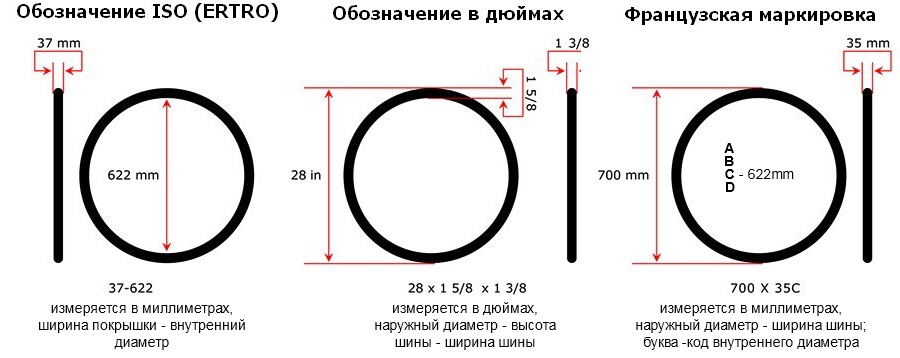 ”
”
“Additionally, a lighter, more compliant tire will be less harsh and therefore less abusive on suspension components, joints, bushings and body mounts over time,” Bergeson explained. “The P-Metric tire that is equipped as OE on modern pickups and/or SUVs are rated specifically for those trucks. And due to the design, they are best suited for the maximum weight and capacities of the 1/2-ton pickups. On the other hand, LT tires are intended for more severe use and heavier loaded conditions. To achieve the higher loaded capacity, higher inflation pressures are required. Both LT and P-metric load and inflation standards have been established by the Tire and Rim Association (TRA), of which Toyo Tires is a member.”
In the past, if you wanted to upgrade your truck with All-Terrain tires, for example, you would have to convert your truck from P-metric to LT-metric, simply because some tire makers back then and some still today, only produce these tires in LT-metric. Fast forward to today, the new trend is for customers to upgrade their small SUVs and CUVs for use off-road.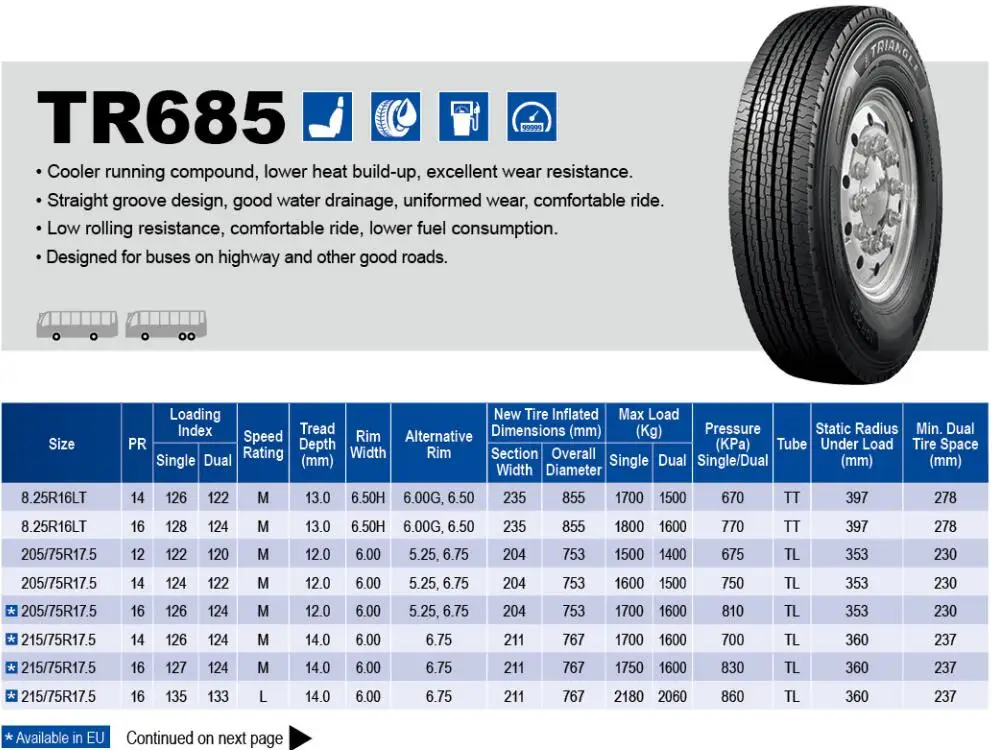
These vehicles are all unibody construction with relatively lightweight suspension components. It doesn’t seem right and it really isn’t right to put an LT-metric tire on these vehicles, but without an alternative, consumers will do it, to achieve the look and off-road traction they want and need. Thankfully, Toyo Tires offers tires within their Open Country lineup to fit these SUVs and CUVs in a more appropriate P-metric or Euro-metric option. Euro Metric is more similar to P-metric construction and meets a European standard.
“On a 1/2-ton chassis or smaller, staying with a P-Metric allows you to retain the OE ‘placard’ air pressure that has been set by the vehicle manufacturer to support its rated load-carrying capacity,” Bergeson said. “The engineers designed and developed these vehicles around that P-metric tire, so it will ride and drive the best with the same tire. If you go bigger or change the metric standard, you will change the ride and driving characteristics.”
“Your 1/2-ton truck’s ride will be significantly better with a P-Metric or Metric tire when compared with the installation of an LT fitment on that chassis,” Bergeson continued. “Traction is better, as the contact patch will be more effective due to the correct ‘inflation-pressure to vehicle-weight’ relationship.”
“Traction is better, as the contact patch will be more effective due to the correct ‘inflation-pressure to vehicle-weight’ relationship.”
Depending on your truck model and how it is built, it may have come equipped with either a P or LT tire. Always consult your vehicle’s placard and/or owner’s manual when trying to determine the correct tire for your application.
Reading the sidewall of a P-Metric (left) and LT (right) tire.
“As a rule of thumb, an LT-metric tire can be installed on a lighter weight 1/2-ton or smaller chassis, but the ride quality will generally degrade, wear and tear on suspension parts will increase and the heavier weight will change the responsiveness,” Bergeson said. “It should be noted that you are never to install a P-Metric or Euro-metric tire on any vehicle that came originally equipped with an LT-metric tire, as they are not properly load rated for such a chassis.”
Another big difference between an LT and P-Metric tires is how it will hit your wallet.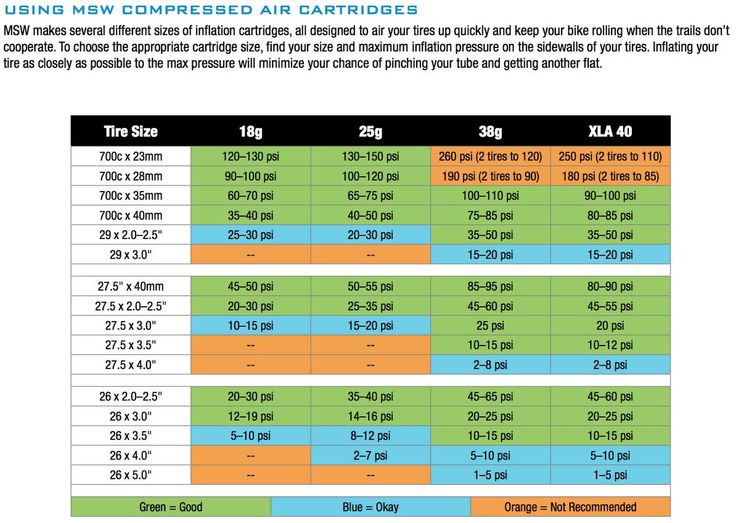 The cost of the P-metric is lower than the LT tire of the same size. Sticking with a P-Metric tire may make more sense and have some additional cost savings.
The cost of the P-metric is lower than the LT tire of the same size. Sticking with a P-Metric tire may make more sense and have some additional cost savings.
Everyone has been there once before, wanting to put the largest possible tire on their truck, get everything installed, go to turn the wheel, and you end up back under the truck trimming and cutting away to make it clear. I decided that I was unwilling to cut anything on my brand new beautiful 2019 Silverado, but I wanted a larger tire.
To determine the size that I needed for my truck I used Toyo’s Find Tires section on their website where I was able to determine which plus size was right for me. The chart below breaks down what different plus sizing options are out there and how they are calculated.
Plus Zero: If the wheel diameter remains the same and only the width is increased it is called “Plus Zero.”
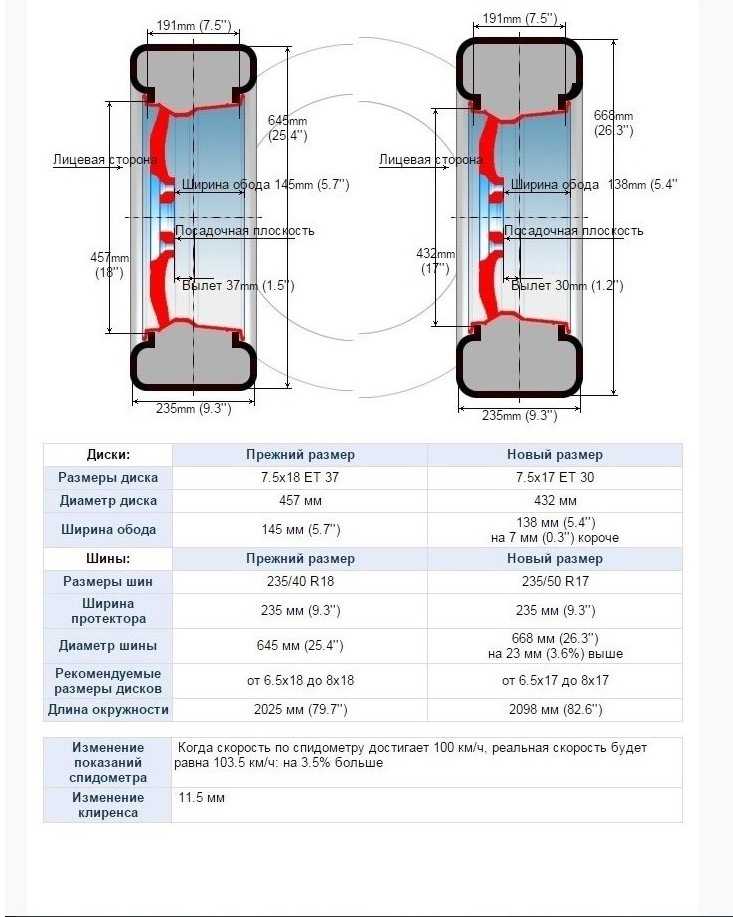
Plus One: If the wheel size is increased by one inch it is “Plus One.” This sizing mounts tires with an increased section width and a lower aspect ratio on wheels of a larger diameter. A Plus One fitment for a car with 16-inch original equipment wheels would use 17-inch wheels. As a general rule of thumb, Plus One sizing:
Plus Two: If the wheel size is increased by two inches it is “Plus Two.” For example, a Plus Two fitment for a car with 16-inch original equipment wheels and tires would be 18-inch wheels and tires. As a general rule of thumb, Plus Two Sizing:
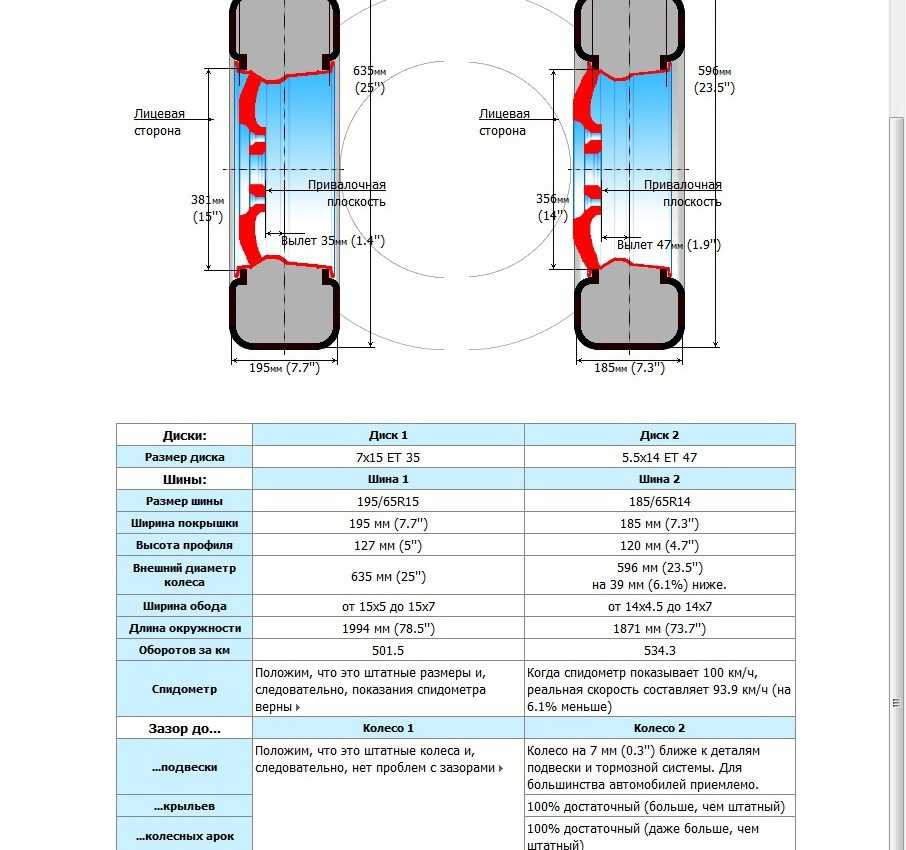
Plus Three: If the wheel size is increased by three inches it is “Plus Three.” For example, a Plus Three fitment for a car with 16-inch original equipment wheels and tires would be 19-inch wheels and tires. As a general rule of thumb, Plus Three Sizing:
“On Toyo’s website one the Find Tires tab people can search a specific truck by its make, year, model, and even trim to see what was originally specified as an OE size for that chassis,” Bergeson explained. “A Plus Zero reference means a larger size tire is available to properly fit the OE wheel of the truck. That can allow for a slightly larger footprint and/or diameter while all remaining within spec for that truck.”
“In some cases, Toyo uses the term ‘Right Sizing’ to describe a tire developed specifically to fit an OE wheel, but to better fill the fender openings while giving it a more aggressive look and feel,” Bergeson continued.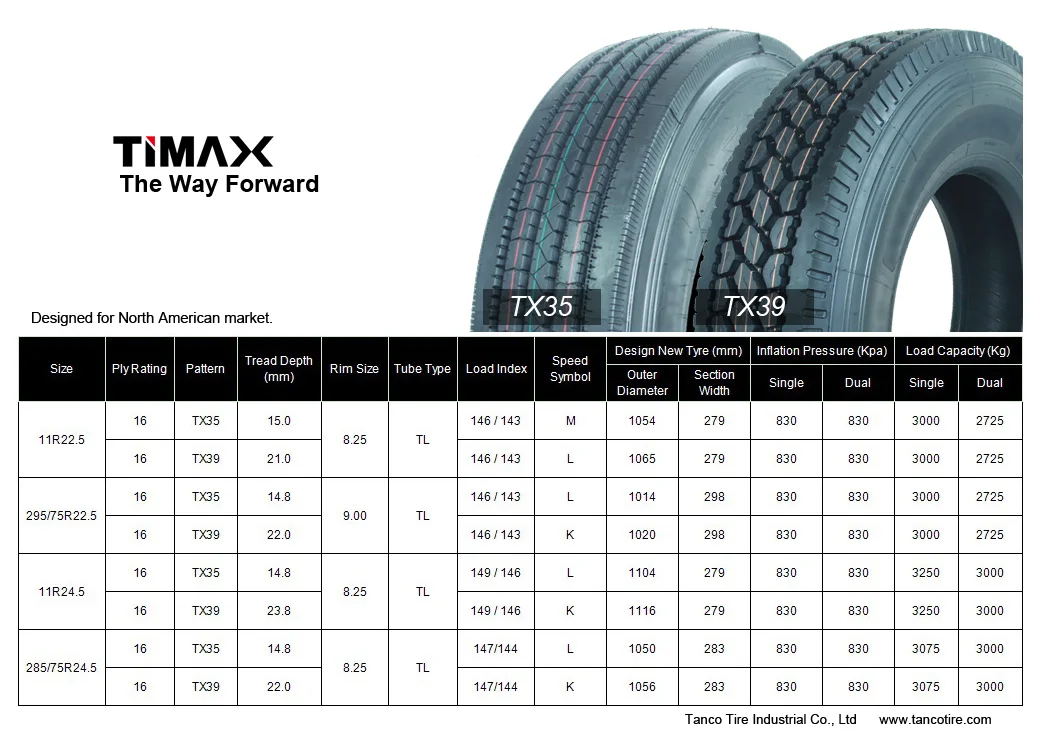 “One example is a P285/55R20 114T size of the Open Country A/T II. This P-metric tire is only offered by Toyo Tires and has an even more aggressive shoulder and sidewall and is a great look and perfect size for trucks such as an F-150, Tundra, Sequoia, and Silverado.”
“One example is a P285/55R20 114T size of the Open Country A/T II. This P-metric tire is only offered by Toyo Tires and has an even more aggressive shoulder and sidewall and is a great look and perfect size for trucks such as an F-150, Tundra, Sequoia, and Silverado.”
To correct the Silverado's factory rake we installed Baja Kit's leveling kit. It was super simple to install and we had both sides done in under an hour.
“The tire finder on our website takes into account your vehicle’s OE tire size and its maximum load capacity at placard pressure when making replacement tire recommendations.,” Bergeson said. “The options listed, are based on tire sizes we offer in both OE and plus fitments that will meet or exceed the loaded capacity of your OE tires. When we refer to plus fitments, Plus 1 means the tires will fit a wheel that is one-inch larger in diameter than OE. And depending on what is available, there can be sizes up to Plus Three or greater while maintaining an outside diameter that properly fits the OE wheel well and/or chassis height. ”
”
To be able to get a little larger tire on the truck I installed a leveling kit. The Baja Kits leveling kit was installed underneath the factory strut assembly and in a matter of an hour, I was able to remove the factory rake. It was not a huge lift, but that was not what I was looking for with this truck, I simply wanted it to visually look good. This is very common in the light-truck market, which is why “leveling” kits are so popular.
Toyo’s size references in the Find Tires section of their website are based on the OE chassis heights for all trucks. For that reason, too large of a tire like a 40-inch tire would not be found in those size recommendations as the truck would need to be lifted to accommodate that outside diameter. For custom builders, each individual tire section on the website has an expandable chart that provides all dimensions, weights, load and speed ratings of tires in order to determine the proper fitment in those situations.
Having the information I needed I picked our tire. I went with an LT285/75R17 Open Country M/T, which is roughly a 34-inch by 11.5-inch tire. The decision to go with this size was done by using the information provided by Toyo and the idea in my mind on what I wanted the truck to look like in the end.
I went with an LT285/75R17 Open Country M/T, which is roughly a 34-inch by 11.5-inch tire. The decision to go with this size was done by using the information provided by Toyo and the idea in my mind on what I wanted the truck to look like in the end.
With the new wheels and tires loaded I headed to the Woodcrest Ramona Tire location to get the Open Country M/Ts mounted and on the truck. The factory 31-inch tires looked tiny on the truck from the factory and these new tires would fill the wheel well just right.
The technician at Ramona Tire made quick work of mounting the tires to the wheel, and before I knew it, they were on the truck. I also had the truck aligned to make sure that after adding the leveling kit everything would not create any uneven wear.
A good note to make when installing a leveling kit and brand new tires or any time the suspension is touched on a vehicle is to make sure to get an alignment. Having the alignment specs out of spec can create uneven wear on the tires and cut the life of the tires short.
In the end, I couldn’t be happier with the decision I made for the truck as it came out exactly how I wanted the first time with no rubbing. I am able to turn the steering wheel lock to lock with no issues. The ride of the truck is still as good as it was driving off the lot and I can still squeeze into those low hanging parking structures.
Before and after, what a difference a set of wheels and tires make on a truck like our 2019 Chevrolet Silverado.
For more information on Toyo Tires and to find a tire for your vehicle be sure to visit their website.
Posted by Mark Williams | August 3, 2017
By Matthew Barnes
Having the right tire on your pickup can improve performance and be one of the best safety strategies you can employ; having the wrong tire on a pickup truck can ruin a good day. Not to overstate it, but tires are one of the most important components on your vehicle, and knowing a few basics will ease the tire selection process.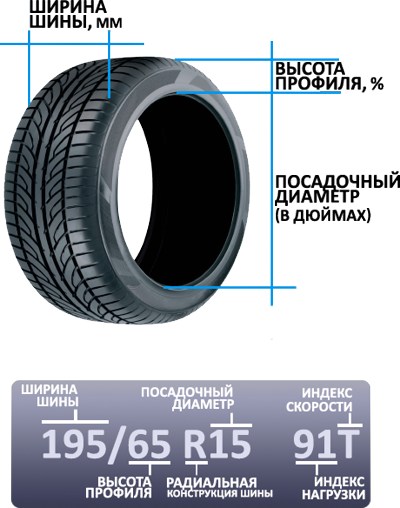 Choosing the right tire can be a daunting task as there are so many options and pieces of information to keep in mind.
Choosing the right tire can be a daunting task as there are so many options and pieces of information to keep in mind.
While this discussion mostly covers radial tires, there are many topics and issues that carry over for the few people looking to purchase bias-ply tires. Of course, getting into the habit of regularly checking your tires is always a good idea. Worn, improperly inflated or damaged tires can be dangerous to you and others.
All tires are marked with the width, sidewall height ratio or overall height, rim size and load range. An example of what you might see on the sidewall is LT315/70R17 121/118O. Here's what that means:
Another way to label a tire is in inches; for example, 35X12. 50R20LT.
50R20LT.
The tire has a few other markings placed on it such as the date stamp, Department of Transportation number, which direction the tire should be mounted if it's a directional tire, whether it's a tubed or tubeless tire, and safety warnings.
Tires get several load ratings; here's what those letters on the tires mean:
P stands for passenger in a P-metric tire.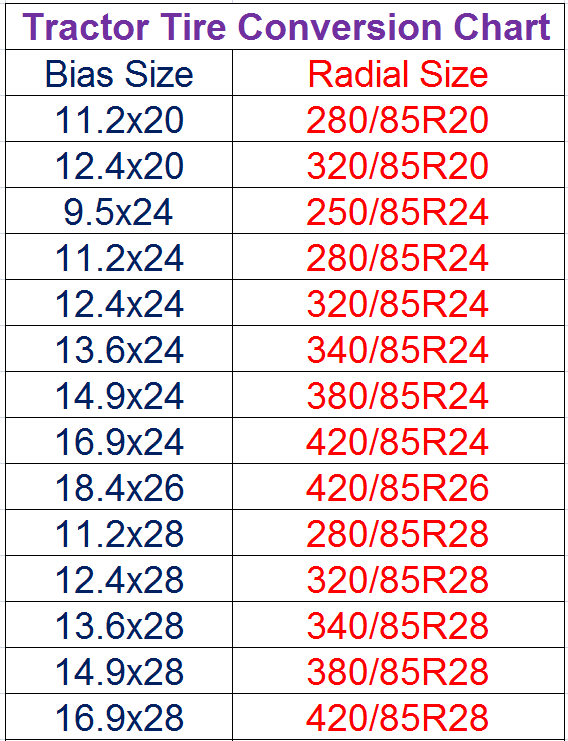 These tires are great for lighter loads and highway use. Generally, they weigh less and cost less than a light truck tire and provide the vehicle with a smoother ride and better gas mileage. The downsides are that P-rated tires can't handle as much of a load as LT tires and they are more easily punctured.
These tires are great for lighter loads and highway use. Generally, they weigh less and cost less than a light truck tire and provide the vehicle with a smoother ride and better gas mileage. The downsides are that P-rated tires can't handle as much of a load as LT tires and they are more easily punctured.
LT stands for light truck tires. Terminology is a little confusing in the truck market because many manufacturers label their pickup trucks as heavy duty. Class 3 trucks such as the Ford F-350, GMC 3500 and Ram 3500, and smaller, are all considered light trucks. Medium duty refers to Class 4, 5 and 6 trucks such as the Ram 5500 or Ford F-650. That leaves heavy duty for the 18 wheelers and big rigs. That means LT tires are made for HD pickup trucks.
The common load-range ratings for LT tires are C, D and E. In the past, these ratings signified the actual number of plies the tire had. Today, the ratings are based on the maximum amount of pressure and load the tires can handle. The actual weight a tire can carry varies for a given load range, but in general a D-rated tire will handle a heavier load than a C-rated tire, and an E will handle more than a D.
The actual weight a tire can carry varies for a given load range, but in general a D-rated tire will handle a heavier load than a C-rated tire, and an E will handle more than a D.
LT tires will have a higher load rating than a P-metric tire. This adds stability to the vehicle for towing and hauling; it also adds durability to the tire, making it better for dirt and gravel roads as well. Rougher ride, reduced gas mileage and higher cost are all disadvantages of LT tires when compared to P-metric tires.
Tires also get tread designations. Here's what those letters mean:
HT (highway terrain): HT tires are designed primarily for paved roads. They have shallow tread depths and very little or no shoulder and sidewall blocking. HT tires are typically fuel efficient and quiet. Since they don't need to offer high traction for off-road use, they can be made with harder compounds, decreasing rolling resistance, to last a long time.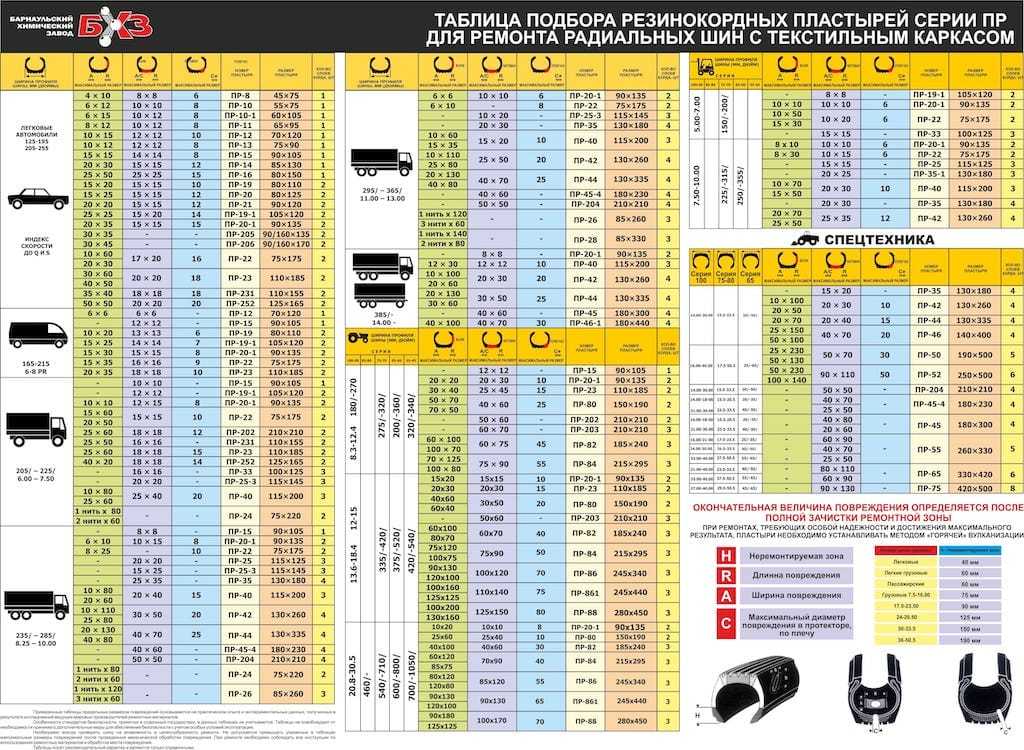 These are usually the most cost-effective tires because they have a lower purchase price, get better gas mileage and last longer than any other truck tire type.
These are usually the most cost-effective tires because they have a lower purchase price, get better gas mileage and last longer than any other truck tire type.
AT (all terrain): AT tires are just what their name implies, tires designed to be good in as many conditions as possible. AT tires have deeper tread depths and significant shoulder and sidewall blocking. The tread has larger spaces or voids than an HT to allow mud and snow to clear out of the tire. If the vehicle spends time driving on logging and forest service roads, then an AT tire would be a good option. AT tires are a little louder than HT tires. They weigh a little more and get a little worse gas mileage as well. AT tires cost more than HT tires, but provide better all-around performance in bad weather and on dirt or gravel roads.
MT (mud terrain): MT tires are made for off-road use. They have the deepest tread depths and largest shoulder blocks.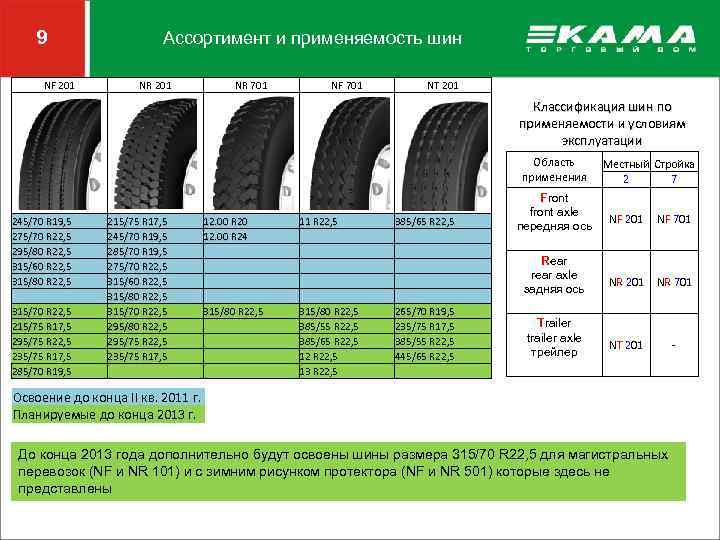 They also have bigger voids in the tread and sidewall lugs, allowing these tires to carry a vehicle through obstacles that would stop an AT tire. MT tires are noisy, heavy and reduce gas mileage. The deeper tread depth makes them more prone to uneven wear. This can make it difficult to keep them balanced over time. Generally, an MT tire will cost more than an AT tire will.
They also have bigger voids in the tread and sidewall lugs, allowing these tires to carry a vehicle through obstacles that would stop an AT tire. MT tires are noisy, heavy and reduce gas mileage. The deeper tread depth makes them more prone to uneven wear. This can make it difficult to keep them balanced over time. Generally, an MT tire will cost more than an AT tire will.
HP (high performance): HP tires are for street use and are rated for high speeds. They have shallow tread depths and sticky rubber, which provide excellent road grip. Generally they won't last as long or get as good gas mileage as an HT tire. While there are HP tires designed for rain and snow, most don't do as well in those conditions as nonperformance tires would.
UHP (ultra-high performance): UHP tires are similar to HP tires, but with an even higher speed rating. They provide better on-road traction performance than HP tires. They have the same negatives as HP tires, but to a larger degree and they cost more.
M+S (mud and snow): M+S tires are often marked with a snowflake on a three-peak mountain icon along with the letter designation. M+S denotes that the tire is approved by the Rubber Manufacturers Association for snow. The three-peak mountain with the snowflake means that the tire meets RMA's requirement when testing according to the ASTM International packed-snow traction test.
Within each tire tread type, there will be a variety of tires to choose from. In the AT tires you will find some that are borderline HT and on the opposite end some that are borderline MT. With so many options available there should be a tire that suits the needs of nearly any condition in which a vehicle will be driven.
Changing the tire size on a pickup, up or down, will certainly change its driving characteristics. Manufacturers optimize vehicles for the tires that are installed at the factory. Anytime the tire size or style is changed, the vehicle will perform differently from the way the manufacturer originally intended.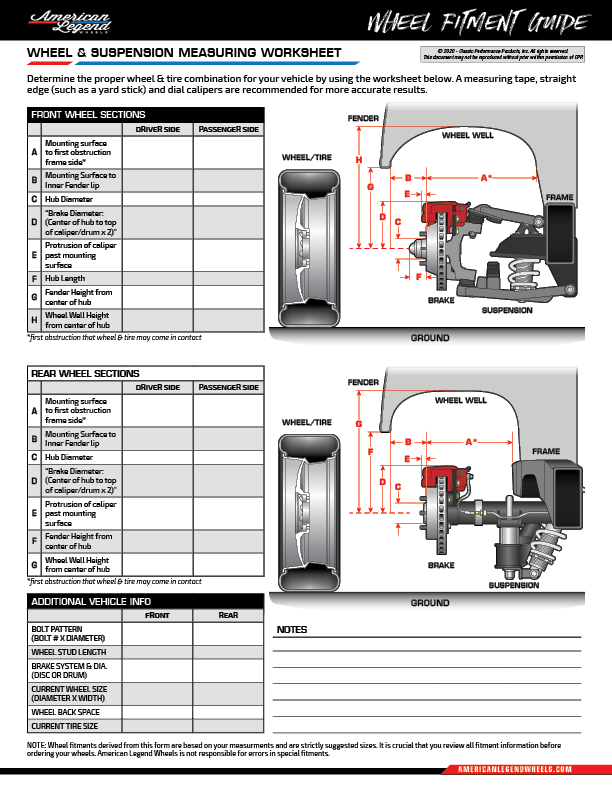 On the positive side, that means you can fine-tune the performance of your vehicle for the types of terrain you're most likely to encounter. On the negative side, you can potentially create some unforeseen problems. Whether going with larger or smaller tires, the speedometer also will need to be adjusted in some way to display the correct speed.
On the positive side, that means you can fine-tune the performance of your vehicle for the types of terrain you're most likely to encounter. On the negative side, you can potentially create some unforeseen problems. Whether going with larger or smaller tires, the speedometer also will need to be adjusted in some way to display the correct speed.
Larger tires increase ground clearance, unsprung weight (meaning weight not carried by the vehicle's suspension) and allow the vehicle to roll over large objects easier, but the heavier weight of the tire has many negative effects. If larger tires are installed, expect steering, braking and suspension components to wear faster, offer lower gas mileage, slower acceleration and deliver longer braking distances. Be sure to consider that the center of gravity is also elevated, potentially reducing the stability of the vehicle. Finally, larger tires could require a complete suspension lift or fender modifications so know your vehicle's fenderwell limits.
When smaller tires are fitted, the exact opposite issues can happen. Fuel mileage might increase, the brakes, suspension and steering won't have to work as hard, and the center of gravity will be lower.
When shopping for new tires there are many variables to consider. The good news is that there are lots of tires to choose from. Compounds and tread patterns have gotten better over time as well, which means today's tires are significantly better than tires made 10 years ago.
Keep in mind that if you only need extra traction on rare occasions for ice and snow, then tire chains might be worth the investment, rather than using a set of dedicated winter tires. Folks who live in regions with longer, colder winters should consider having a set of winter tires and a set of summer tires.
Cars.com photos by Matthew Barnes, Evan Sears
Truck tires are chosen not only for installation on tractors, buses, special equipment, but also light trucks with a gross weight of up to 3.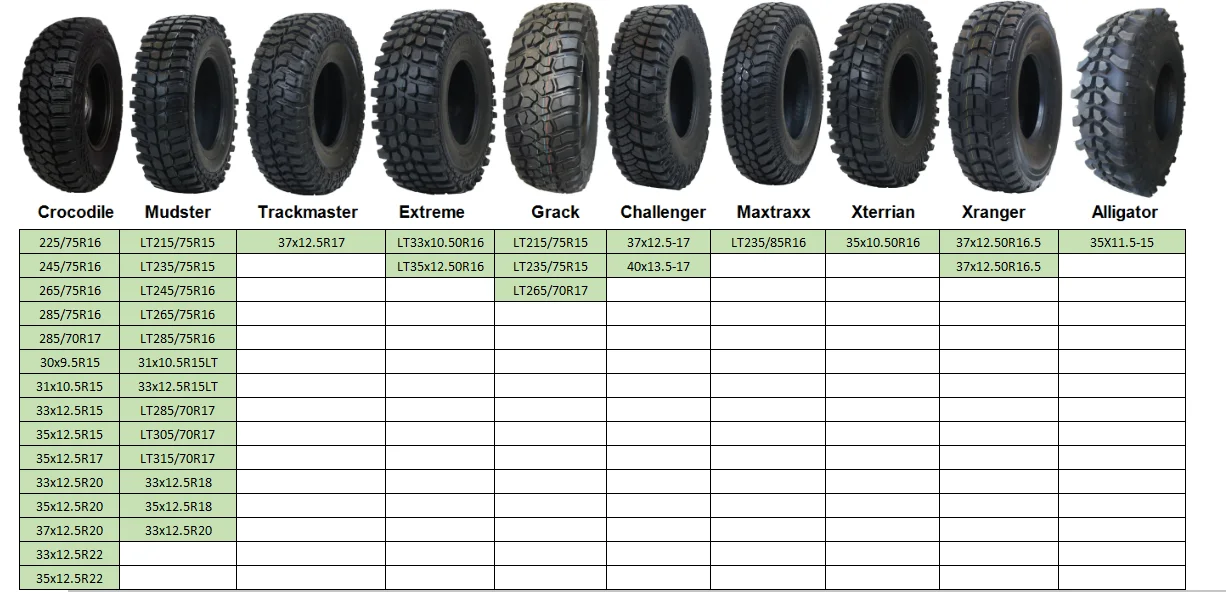 5 tons, SUVs, crossovers, minivans, trailers.
5 tons, SUVs, crossovers, minivans, trailers.
Let's look at what technical characteristics indicated on the outer side of the tire to pay attention to when choosing truck tires. And why is GOST important when selecting?
Each automaker indicates which diameter wheels can be installed on a given model. The most popular disc sizes for a truck with a gross weight of up to 3.5 tons, an SUV or a minivan - with a diameter of 16-20 inches. For heavy trucks, buses, special vehicles, the most popular size is 22 inches. Also, in the operating documentation for the car, the manufacturer indicates the recommended disk width (parameter J). So, an example of a typical marking is 6J15, which indicates the width and diameter in inches. nine0003
The most popular disc sizes for a truck with a gross weight of up to 3.5 tons, an SUV or a minivan - with a diameter of 16-20 inches. For heavy trucks, buses, special vehicles, the most popular size is 22 inches. Also, in the operating documentation for the car, the manufacturer indicates the recommended disk width (parameter J). So, an example of a typical marking is 6J15, which indicates the width and diameter in inches. nine0003
Pay attention to the so-called "bolt pattern" - the number of mounting holes (for trucks - at least 6) and the diameter of the circle along which they are located. And also on the diameter of the central hole of the disk (parameter DIA or "D") - it must match the diameter of the hub.
For the suspension to work properly, it is important to choose the wheels according to the offset. This is the placement of the middle line with a mounting hole for the hub relative to the outer and inner edges of the disk. The smaller the overhang, the worse the car's handling, the faster the suspension elements wear out. Therefore, it is better to choose products with a positive overhang (the middle line is as close as possible to the outer edge). nine0003
The smaller the overhang, the worse the car's handling, the faster the suspension elements wear out. Therefore, it is better to choose products with a positive overhang (the middle line is as close as possible to the outer edge). nine0003
Winter Drive protection
Tires Goodyear UltraGrip Arctic 2 SUV
Winter Drive Protection Sound Comfort
Rating:
4.5
Tires Goodyear UltraGrip Ice 2
Winter Drive protection
Tires Goodyear UltraGrip Performance+ SUV
Winter Drive protection
Tires Goodyear UltraGrip Arctic 2
Winter Drive Protection Run On Flat Sound Comfort
nine0002 Tires Goodyear UltraGrip Performance+Before you start selecting the truck tire you need by diameter or size, decide on its type:
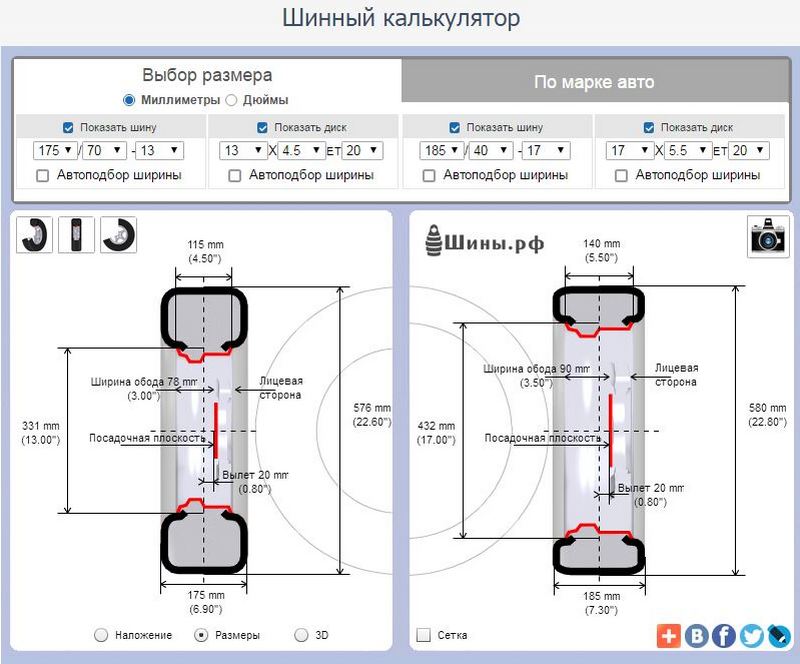 For the manufacture of the frame, a variety of rubberized cord gaskets are used. They wrap around wire rods, thanks to which the truck tire easily sits on the rim. In the cord, the threads intersect. Now such products are already outdated, but they are still being produced. GOST for tires of this type continues to operate.
For the manufacture of the frame, a variety of rubberized cord gaskets are used. They wrap around wire rods, thanks to which the truck tire easily sits on the rim. In the cord, the threads intersect. Now such products are already outdated, but they are still being produced. GOST for tires of this type continues to operate. In the Russian Federation, GOST R 52899-2007 "Pneumatic tires for cargo motor vehicles and trailers" was adopted. It indicates the standard sizes, the maximum profile width, recommended and permissible rim sizes, outer diameters. If you find it difficult to select tires and wheels, determine the standard size according to GOST.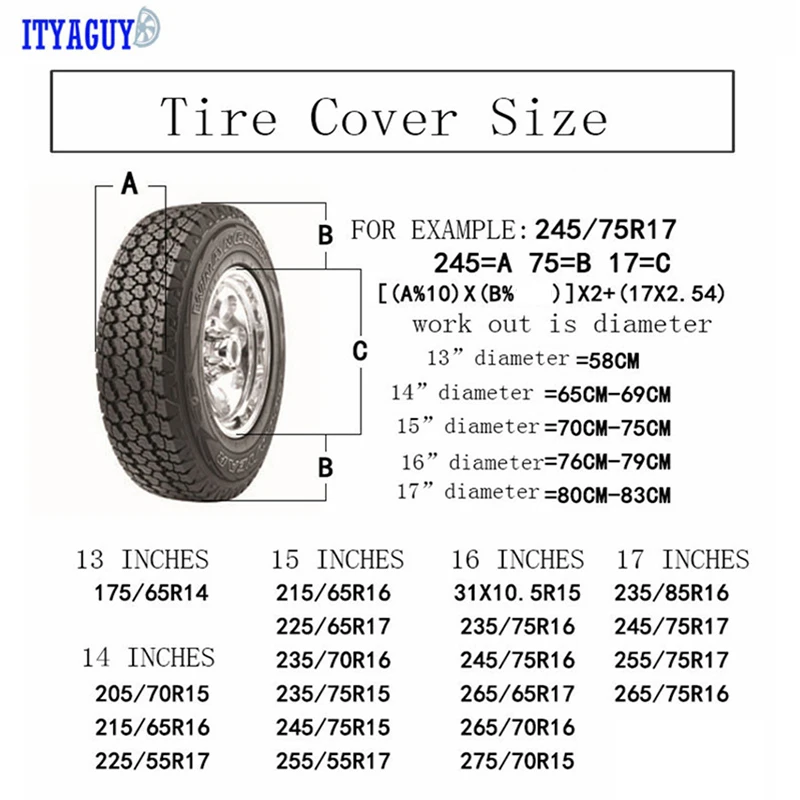
As in the case of discs, the selection of tires must be carried out according to the size indicated by the manufacturer on the outside of the tire. Several sizes are usually recommended, and it is best not to install tires that do not meet these recommendations. Otherwise, you can achieve premature "fatigue" of the chassis. Optimally check with GOST. nine0003
Tire sizes are indicated on the outer sidewall in this form: 205/75 R17 94H XL. The same marking is used in GOST. The first parameter is the width, the second is the so-called "profile". In fact, this is the percentage of the height of the tire profile to its width. We categorically do not recommend exceeding the parameter specified in the operating book. The full radius of a load wheel is equal to the diameter of the rim plus the profile of the tire. The higher the profile index in the size, the less stable the car will be on asphalt. But for primers it is better that the profile is higher.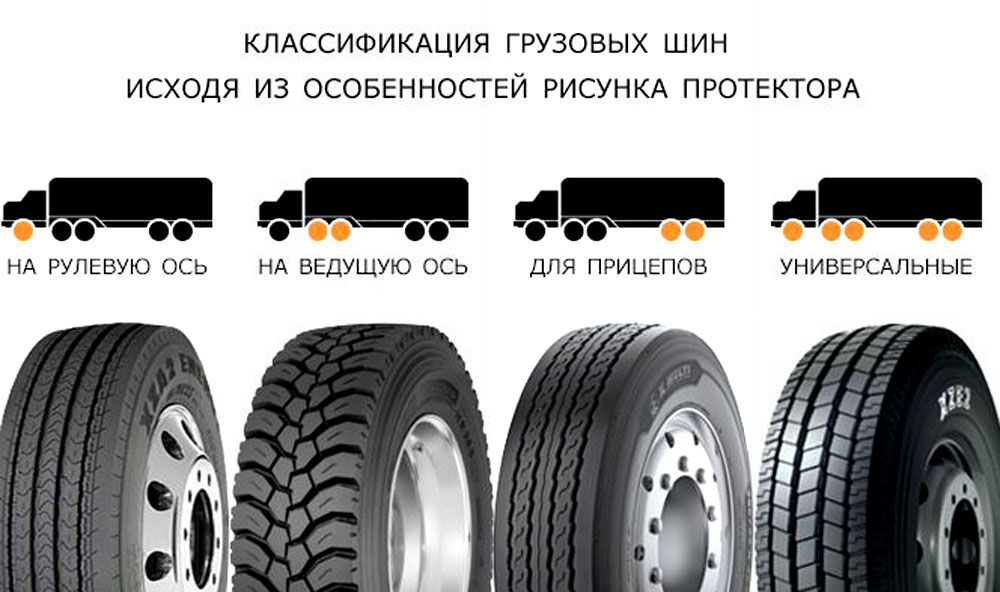 nine0003
nine0003
Many drivers put larger wheels on cars, trying to increase the outer dimensions of the wheel. But keep in mind that an increase in the diameter of the disk does not mean an increase in the diameter of the wheels. In addition, this is an increase in sprung mass, offset, width, which gives an extra load on the wheel bearings. If you do not follow the instructions for operating a car or GOST, this suspension element fails 20-30% faster. nine0003
If you choose the largest possible wheels according to the recommendations of the car manufacturer, then the outer diameter of the truck tires must also comply with these recommendations. That is, you will have to install low-profile tires so that the outer diameters of the wheel fit into the dimensions of the car arch. But the lower the profile, the harder and more uncomfortable the ride. We recommend sticking to the average sizes in the manufacturer's recommendations.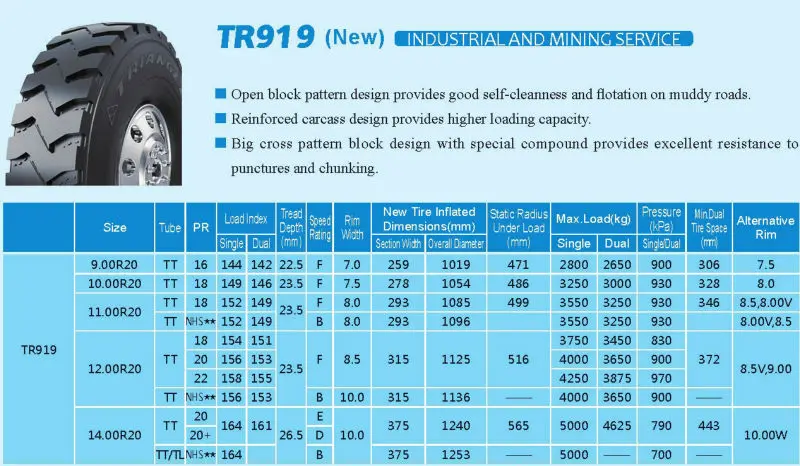 For example, if he offers options with wheels with a diameter of 17-20 inches, it is better to choose a size 18-19.
For example, if he offers options with wheels with a diameter of 17-20 inches, it is better to choose a size 18-19.
The letter R on the outer side of the tire does not mean the radius of the truck tire at all, but the fact that its design is radial. The number following the letter R is the outside diameter of the nominal rim seat diameter in inches. It must match the car rim. Often (including in GOST) you can find on the tire the size marking of the type 225 / 75R16C. The last letter indicates that this tire is a light truck type. That is, it can be installed on an SUV, minivan or truck weighing up to 3.5 tons. nine0003
The higher this parameter, the faster you can move on tires. And it also depends on the service life of products. According to GOST 4754-97 and GOST 5513, it is equal to 5 years from the date of manufacture. However, this duration corresponds to the marking of the speed index H (maximum speed 210 km/h). Products, where the index S (180 km / h) is indicated in the standard size, according to GOST, should serve 4-5 years. And the ZR marking means the ability to move at a speed of 240 km / h. And GOST defines the service life of such tires - 6 years. nine0003
Products, where the index S (180 km / h) is indicated in the standard size, according to GOST, should serve 4-5 years. And the ZR marking means the ability to move at a speed of 240 km / h. And GOST defines the service life of such tires - 6 years. nine0003
The last marking in the size is the maximum possible load. It is especially important for drivers of trucks and buses. The load index is often indicated next to the size on the outside of the tire as a double number: the load capacity in kg of a single/dual wheel.
Tires with the right size, diameter and other parameters will provide a high level of safety, comfort and save fuel. nine0189 9R17.5
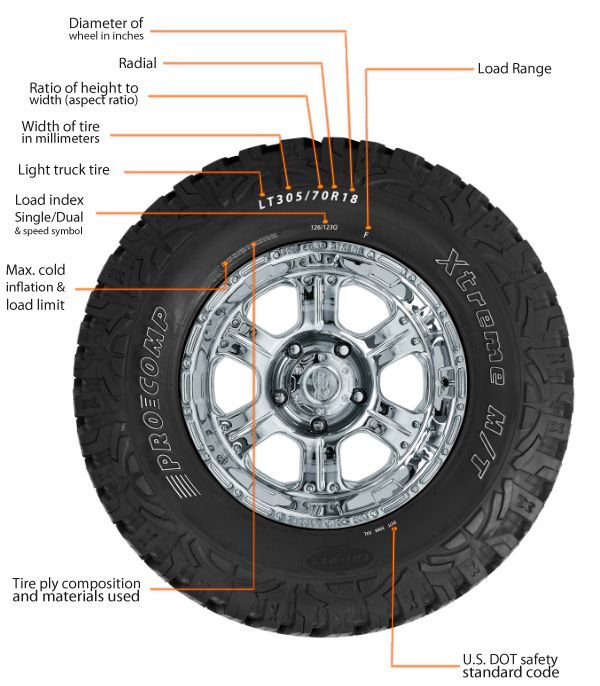 5
5 | ДИАМЕТР 19.5 | |||||
|---|---|---|---|---|---|
| 19.5×6.75 | 19.5×7.50 | 19.5×8.25 | 19.5×11.75 | 19.5×13.00 | 19.5×14.00 |
| 9.5R19.5 | 245/70R19.5 | 265/70R19.5 | 385/55R19.5 | 425/55R19.5 | 425/55R19.5 |
| 245/70R19.5 | 265/70R19.5 | 285/70r19.5 | 385/65R19.5 | 435/50R19.5 | 435/50R19.5 | 265/70R19. 5 5 | 289 289 289 285/ | 445/45R19.5 |
| DIAMETER 22.5 | ||||||
|---|---|---|---|---|---|---|
| 22.5×6.75 | 22.5×7.50 | 22.5×8.25 | 22.5×9.00 | 22.5×11.75 | 22.5×13.00 | 22.5 ×14.00 |
| 8R22.5 | 10R22.5 | 11R22.5 | 12R22.5 | 365/70R22.5 | 415/45R22.5 | 415/45R22.5 |
| 9R22.5 | 11R22.5 | 12R22.5 | 13R22.5 | 375/90R22.5 | 425/65R22.5 | 425/65R22.5 |
| 10R22.5 | 255/70R22.5 | 255/70R22.5 | 285/60R22.5 | 385/55R22.5 | 445/75R22.5 | 435/45R22. 5 5 |
| 255/70R22.5 | 265/60R22.5 | 265/60R22.5 | 295/60R22.5 | 385/65R22.5 | 445/65R22.5 | |
| 275/70R22.5 | 275/70R22.5 | 295/80R22.5 | 445/75R22.5 | |||
| 275/80R22.5 | 275/ 80R22.5 | 305/60R22.5 | ||||
| 285/60R22.5 | 305/70R22.5 | |||||
| 295/80R22.5 | 315/60R22.5 | |||||
| 305/70R22.5 | 315/70R22.5 | |||||
| 315 /75R22.5 | ||||||
315/80R22. |